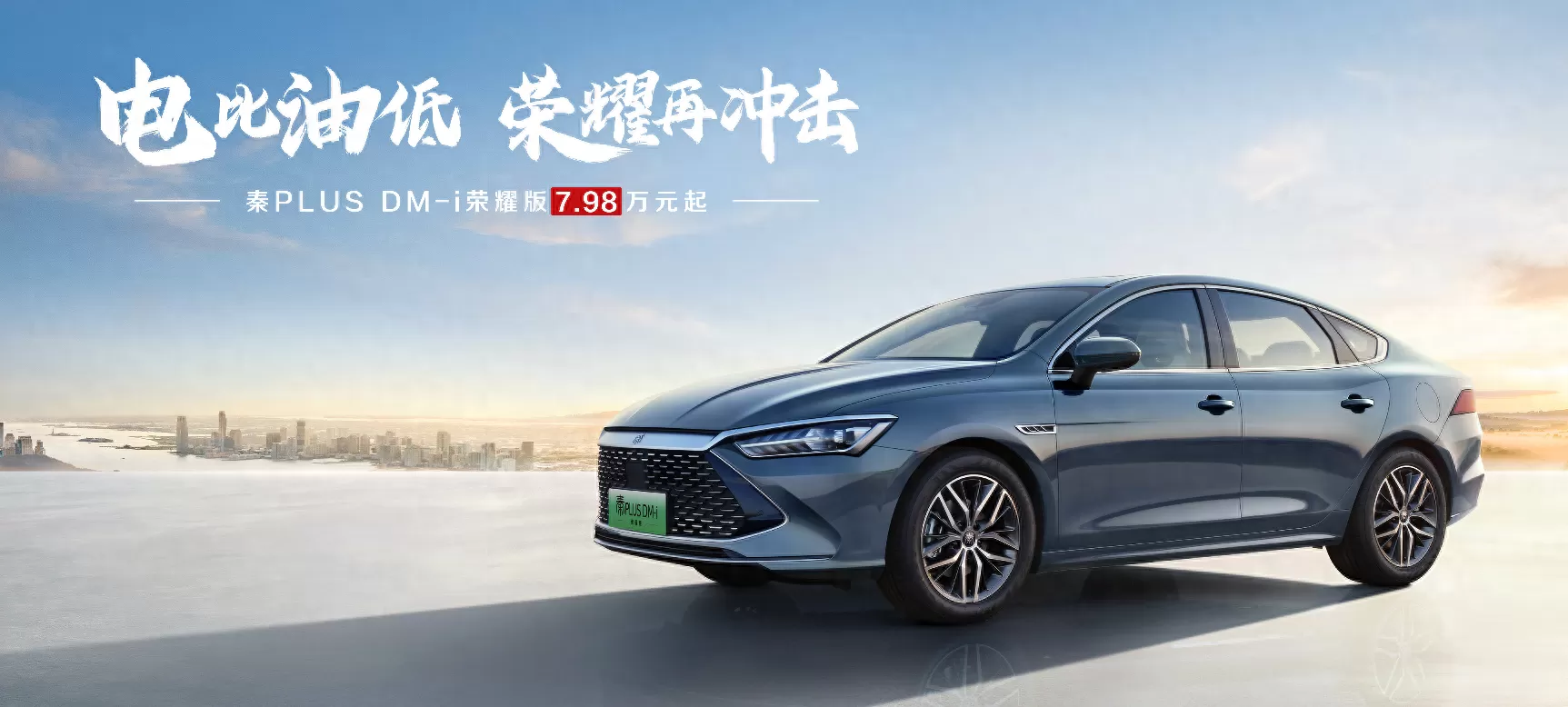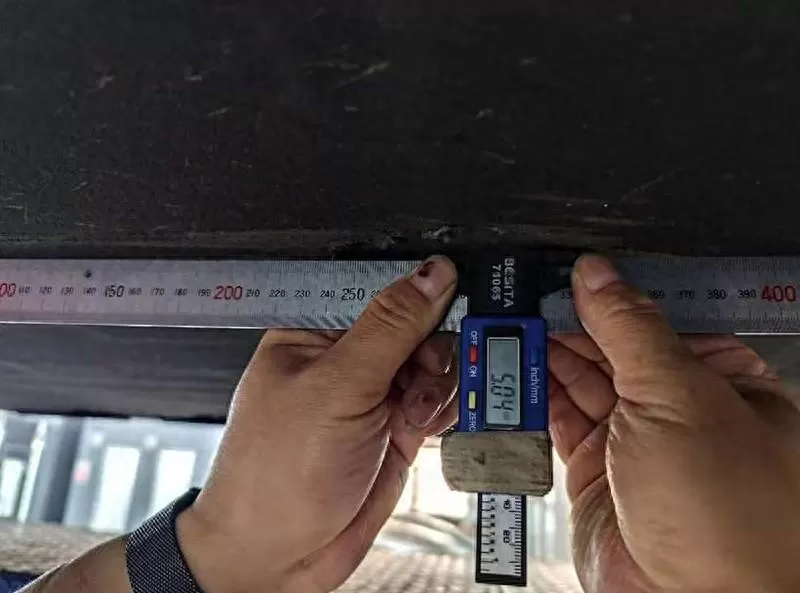In the first half of 2024. the price war in the automotive market was so fierce that many car companies struggled to keep up. Executives from several companies made sarcastic remarks, questioning the value of cheap products and lamenting the negative effects of over-competition, all while calling for fair play. These comments were clearly directed at the rising star, BYD. However, it wasn't until the mid-year financial reports were released by major automakers that we realized that the so-called "over-competition" doesn't exist. Leading car companies were not engaged in destructive competition, but rather, managed to reduce prices by 20.000 yuan and still make a net profit of 8.000 yuan.
This year's so-called price war likely began with BYD's launch of the Glory Edition models. The Qin PLUS DM-i, priced at 79.800 yuan, was like a bombshell, igniting fierce competition across the market. Later, with the release of DM5.0 technology, the Qin L, priced at 99.800 yuan, and the Seal 06 further anchored the value benchmarks for B-class cars. After being accustomed to the Corolla priced at around 120.000 yuan and the Camry approaching 200.000 yuan, BYD's pricing seemed to flip the table. Was this malicious competition? Was BYD selling at a loss just to make noise?

Now that automakers have disclosed their mid-year financial reports, we see that BYD leads in sales, revenue, and net profit, with the only exception being profit per vehicle. Based on the report, BYD achieved a net profit of 13.631 billion yuan, with sales of 1.613 million vehicles, resulting in an average profit of just 8.450 yuan per vehicle.
A profit of only 8.450 yuan per vehicle, calculated with an average vehicle price of 150.000 yuan, yields a profit margin of just 5.63%. This is certainly a thin margin, signifying fair pricing for consumers. However, this number must be viewed critically. A lower profit per vehicle doesn’t necessarily mean a more conscientious company. It also reflects a company's profitability, cost control, and other capabilities. For example, in 2020. Chery's net profit was only 7.37 million yuan, with a profit of just 16 yuan per vehicle—less than what selling toy cars would earn. Such a low margin is clearly unhealthy.
BYD's 8.450 yuan profit per vehicle is neither particularly high nor low—it’s quite moderate. But when we look at the pricing of BYD's models in the first half of this year, there are noteworthy details. The Qin PLUS at 79.800 yuan and the Qin L at 99.800 yuan reflect a price drop of over 10.000 yuan for most BYD models compared to last year. If we compare the price difference between the Glory Edition and Champion Edition models, the average price drop exceeds 20.000 yuan. In other words, even with a proactive price reduction of 20.000 yuan, BYD still maintains a profit margin of 8.450 yuan per vehicle.
So, did BYD really start a price war? Price adjustments did occur, but the cost of building cars has also decreased. First, the price of lithium carbonate has dropped significantly, from 600.000 yuan per ton at its peak to 70.000-80.000 yuan per ton now, which has greatly reduced battery costs. BYD was the first to reflect this cost reduction in its vehicle prices, quickly passing the savings on to consumers. Additionally, the scale effect has helped dilute R&D costs, and with its fully self-developed and self-manufactured supply chain, BYD can fully capitalize on the benefits of the entire industry chain.
The lithium carbonate price drop benefits not only BYD but also the entire industry. As the industry matures, so do the market and technology, leading to reduced vehicle production costs. The drop in car prices across the board is not due to malicious competition among car companies but the result of technological upgrades and industry scale expansion. BYD just took the initiative to lower prices first.
What's even more remarkable is that BYD’s full-year net profit for 2023 is estimated to be around 30 billion yuan, with a profit of about 8.600 yuan per vehicle. In 2022. the profit per vehicle was 8.500 yuan. This is intriguing—this year, BYD's average vehicle price dropped by nearly 20.000 yuan compared to last year. If BYD hadn’t proactively lowered prices, the profit per vehicle could have been 28.000 yuan, and even if sales were halved, its net profit would still have doubled. From a pure profit perspective, this strategy seems unwise. So, what is BYD aiming for with this market strategy?
Despite the turbulent market conditions, BYD still manages to make over 8.000 yuan per vehicle. This “8.000 Rule” seems peculiar. From this perspective, market competition hasn’t disrupted BYD’s rhythm—it is simply advancing steadily according to its own plans. On one hand, BYD focuses on R&D investment to maintain its technological lead. On the other hand, it keeps margins thin and reflects its cost advantages in retail prices, benefiting consumers while solidifying its market share and maintaining its scale advantage. This creates a positive cycle that allows BYD to remain virtually unbeatable.
BYD is undoubtedly a leader in the new energy vehicle industry, and this is where its leadership is demonstrated. Not only does it have pricing power in the sub-200.000 yuan market, but BYD’s strategic pace is also setting the rhythm for the entire market. Companies that can keep up with BYD’s pace still have a place at the table; those that can’t will find themselves without even a seat.






